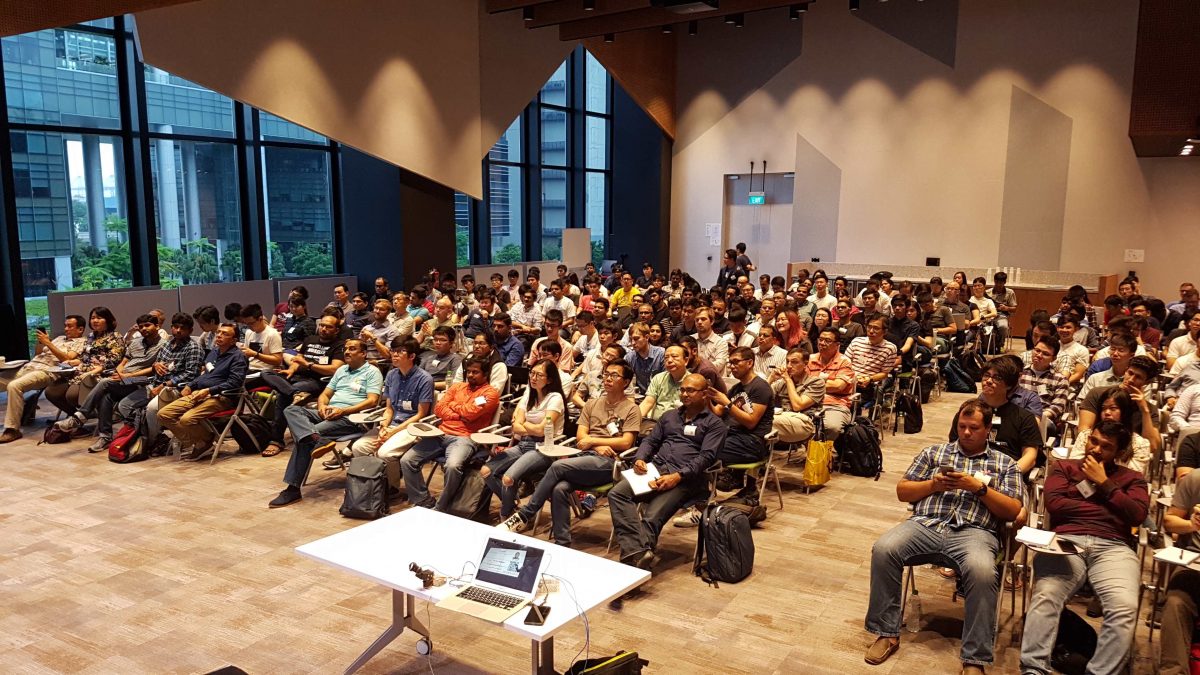Managing insurance claims is seen as a complicated and lengthy process. Insurance companies receive numerous claims daily, from vehicle accidents and medical expenses to property damage. Manually handling these claims can result in delays, errors, and fraud. We can use Artificial intelligence to simplify the process.
The Problem with Traditional Claims Management
When you make an insurance claim, here’s what usually happens:
- You submit your documents (medical bills, photos of damage, etc.).
- The insurance company reviews everything manually—a process that can take weeks.
- They assess your claim to determine if it’s valid and how much money should be paid.
- The claim is either approved or rejected.
While this process sounds straightforward, it’s full of challenges, such as:
- It’s Slow: Manually going through forms, photos, and receipts takes much time.
- It’s Expensive: Insurance companies need big teams to process claims.
- It’s Prone to Errors: Humans can make mistakes when reviewing claims.
- It’s Vulnerable to Fraud: Detecting fake claims is difficult without proper tools.
All these issues make it clear that insurance companies need smarter solutions—and that’s where AI comes into the picture.









